Analysis of Micro and Macro Leadership Perspectives in Organisations
VerifiedAdded on 2023/01/05
|15
|1090
|22
Report
AI Summary
This report provides a comprehensive analysis of micro and macro leadership perspectives within an organizational context. It begins by defining these perspectives and their roles in achieving business objectives, emphasizing the importance of leadership skills such as decision-making, motivation, and delegation. The literature review explores existing research on effective leadership characteristics and their impact on employee morale and organizational performance. The methodology section outlines the research methods used, including the type of research, approach, strategy, data collection methods, sampling techniques, and ethical considerations. The results section presents findings from data analysis, highlighting the significance of effective leadership styles and the challenges leaders face, such as communication and accountability. The discussion section delves into key themes, emphasizing the role of leaders in guiding and motivating employees. The report also discusses the implications of the research for organizations and managers, recommending the adoption of appropriate leadership styles and the importance of leadership training. The conclusion summarizes the findings and offers recommendations for organizations like innovative frequency est., including the use of democratic leadership and critical evaluation of leaders. The report concludes with a list of relevant references.
1 out of 15
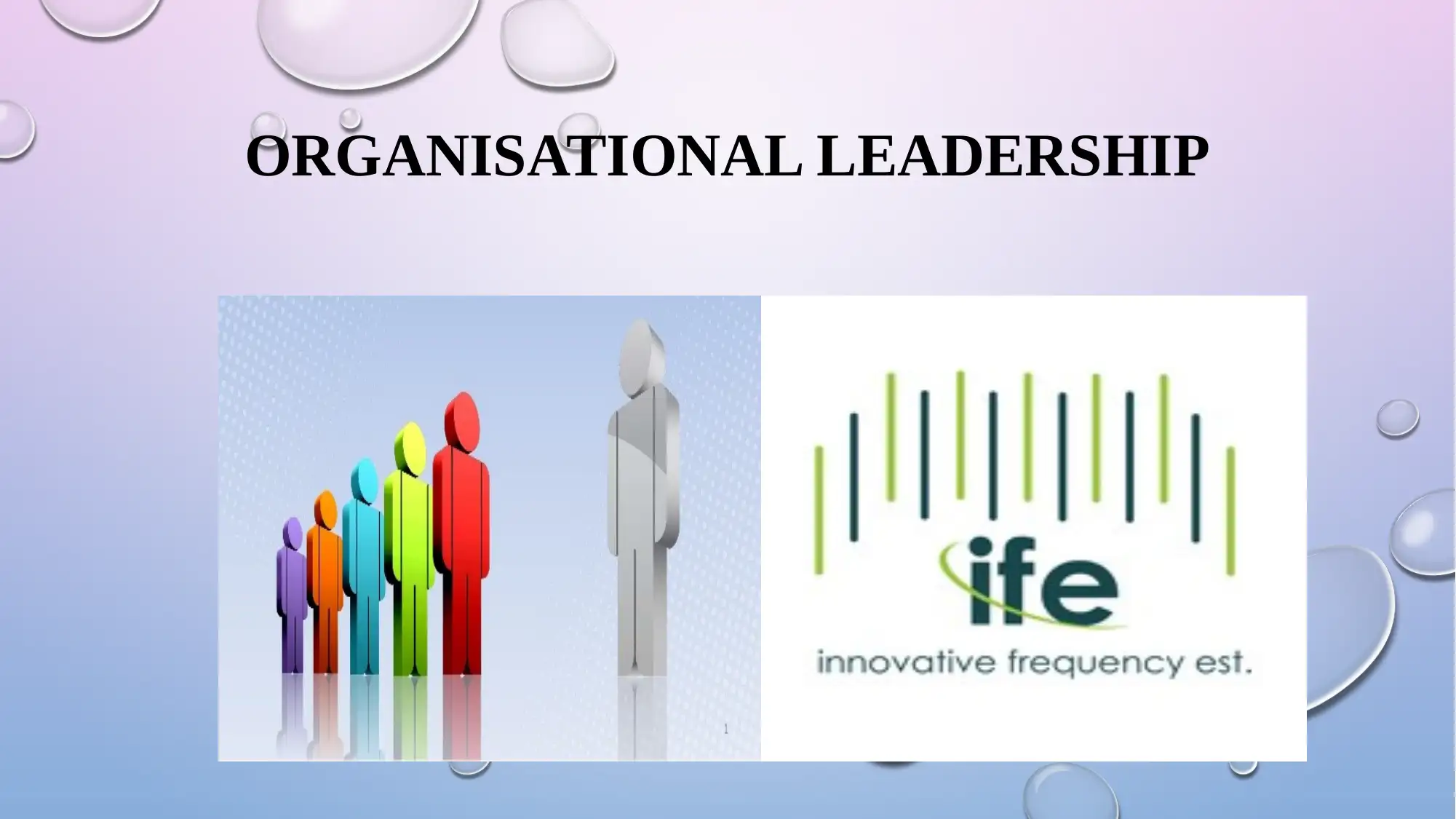
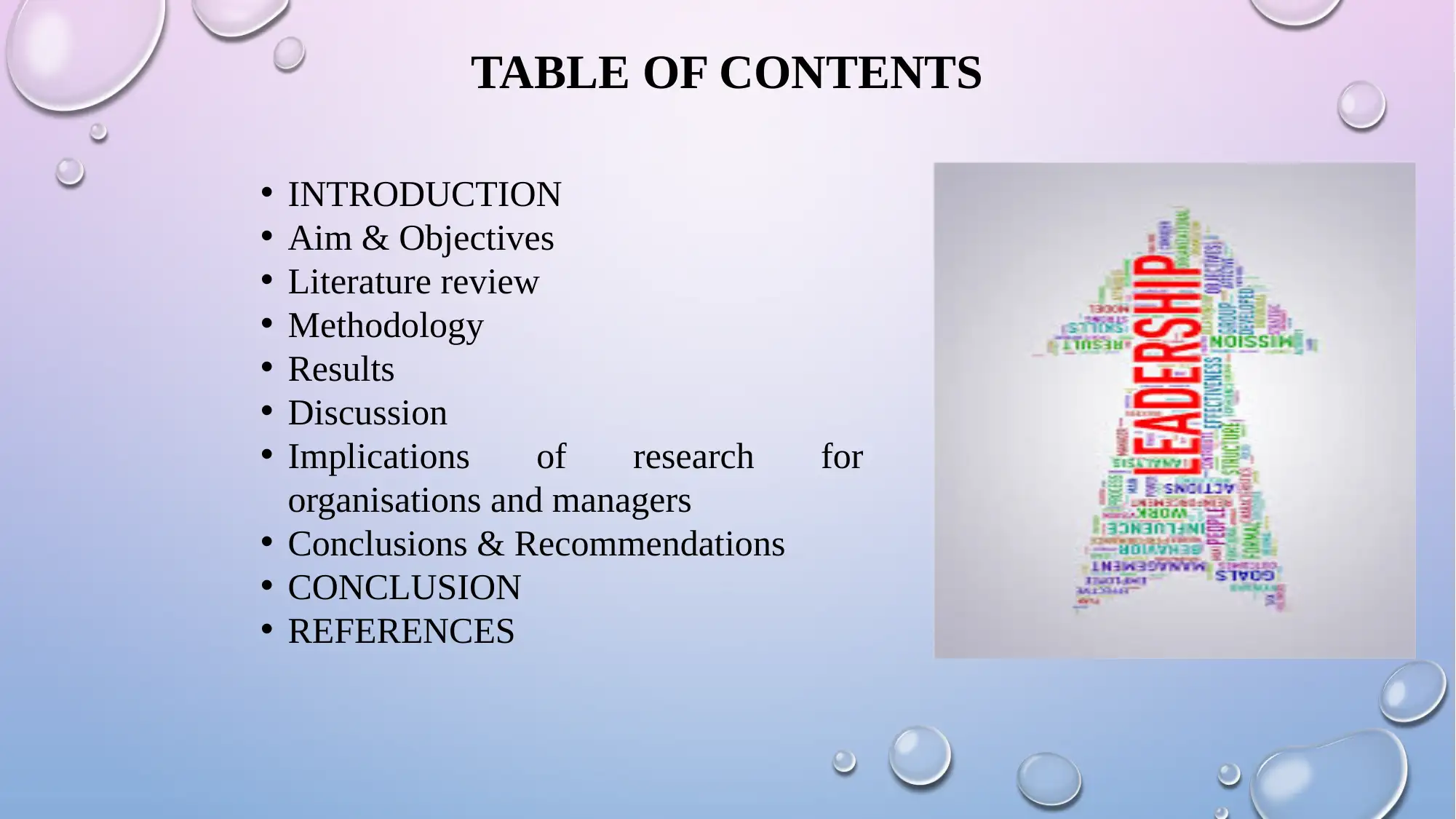
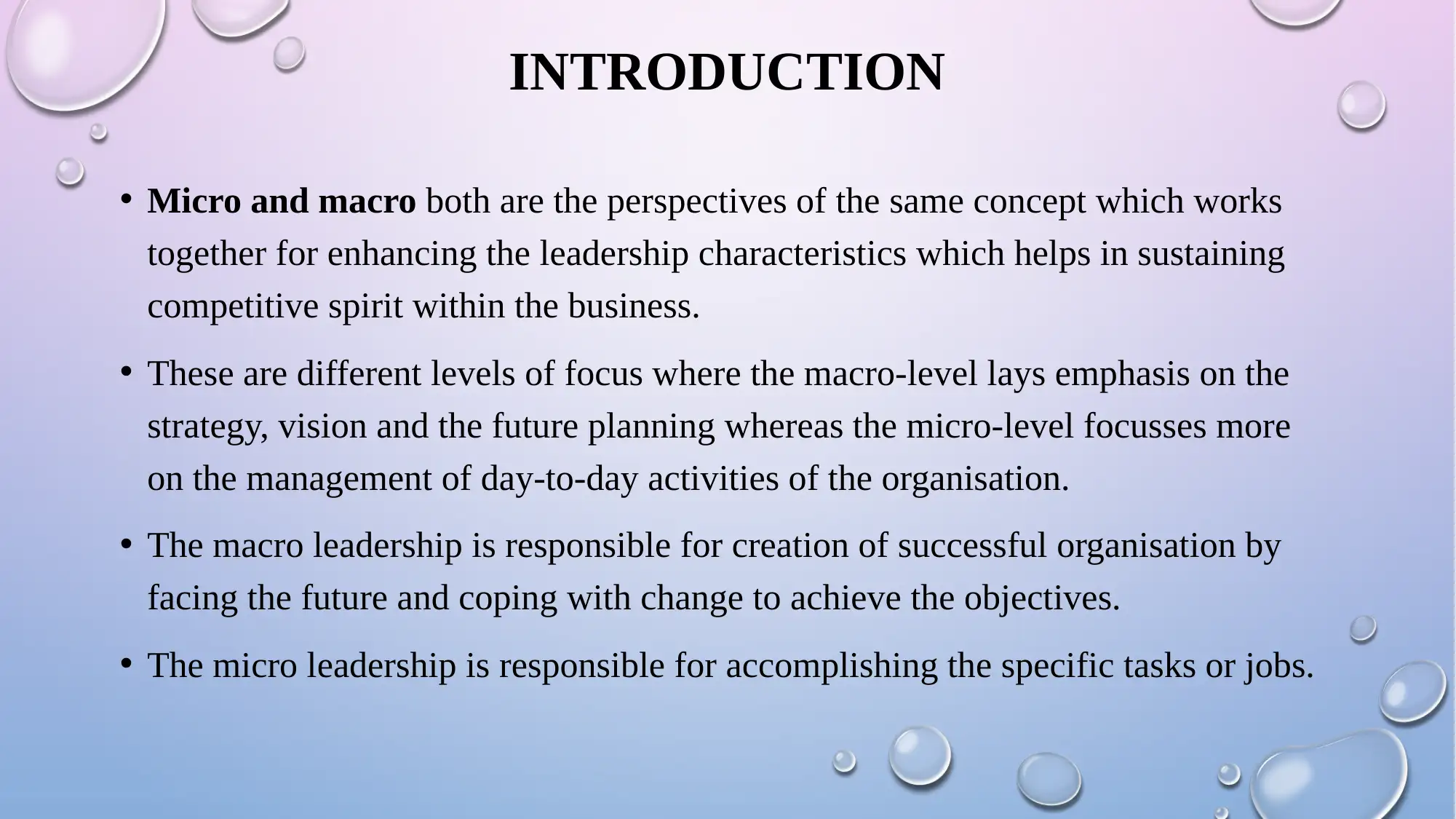
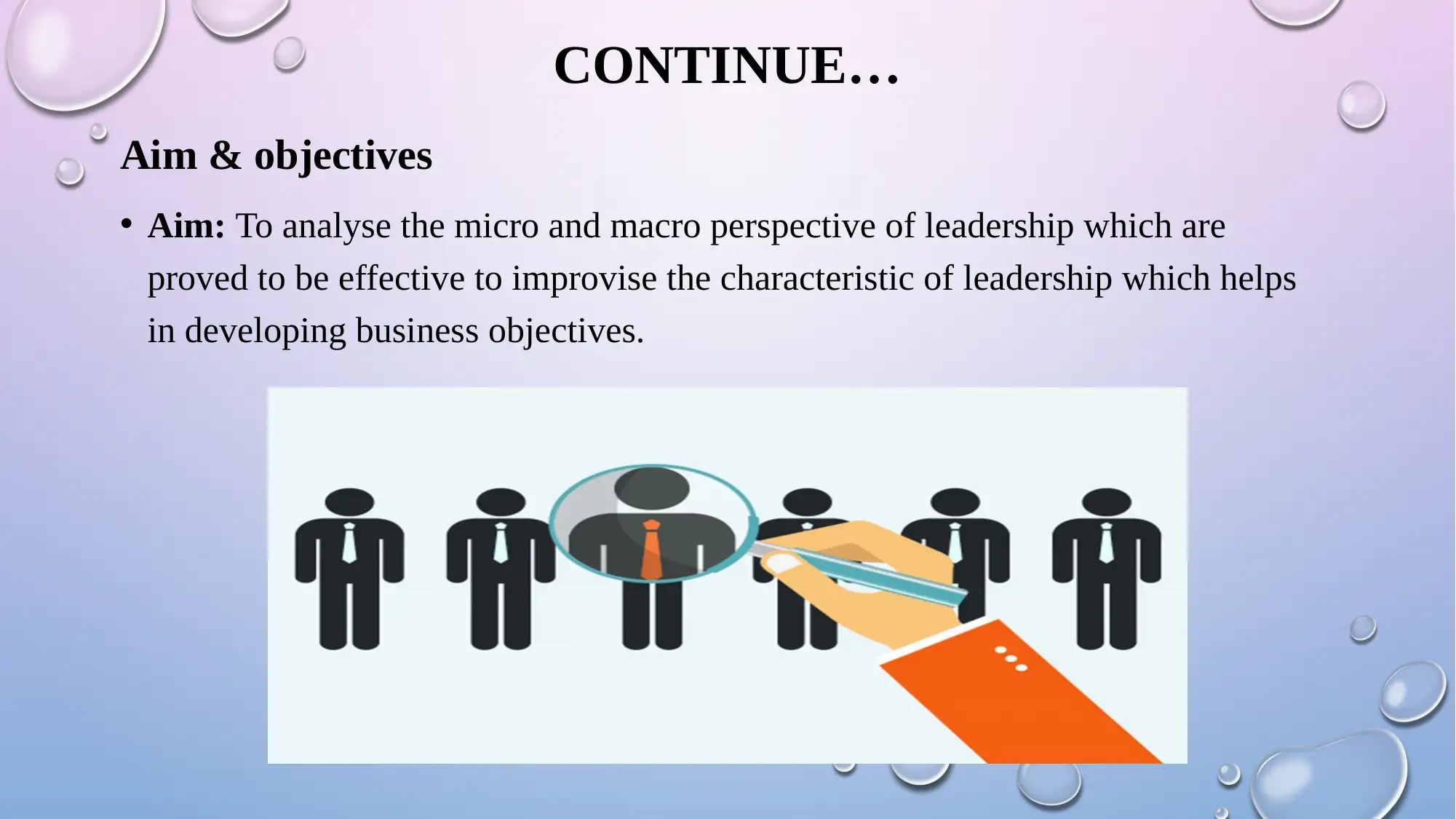
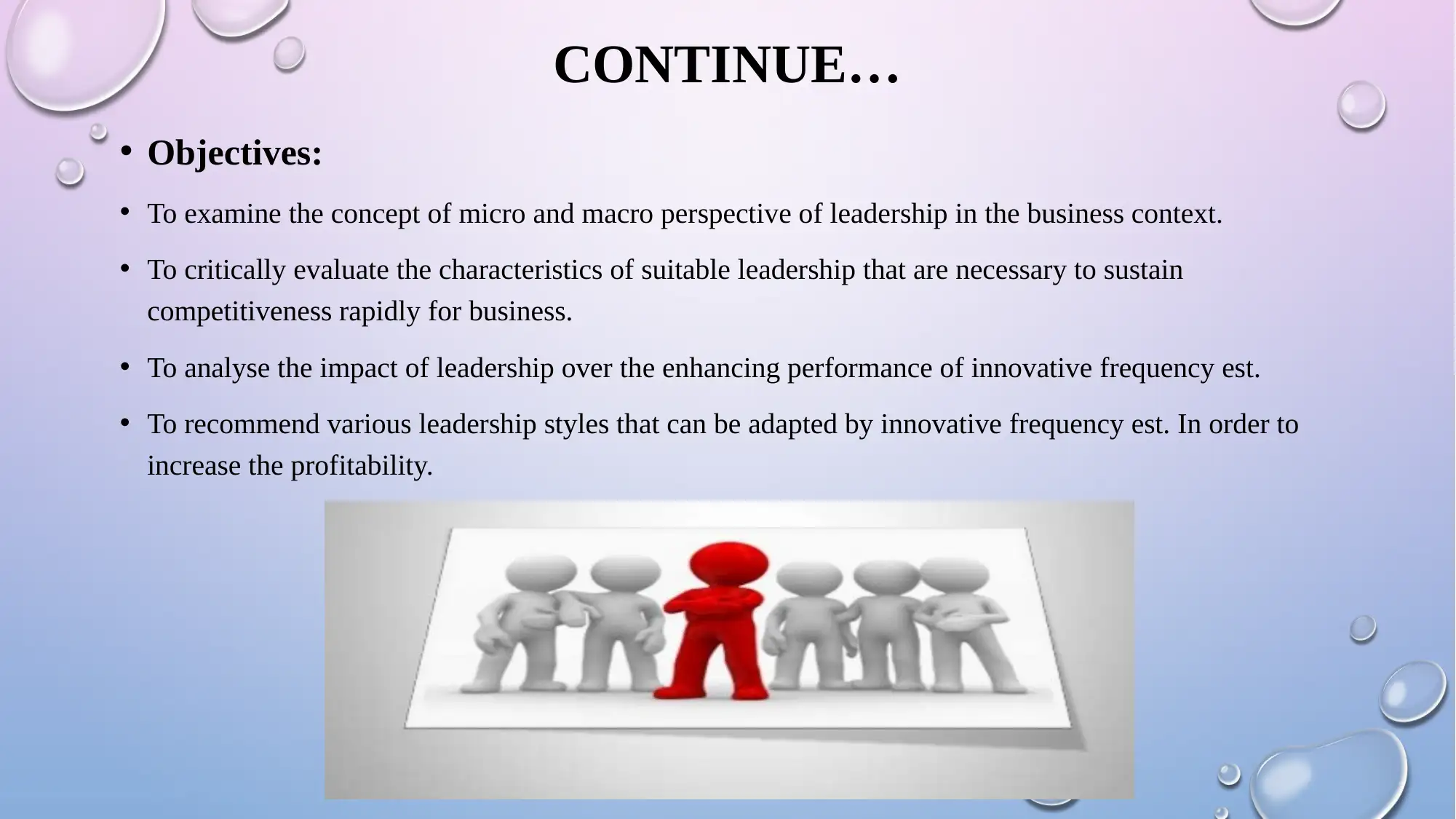
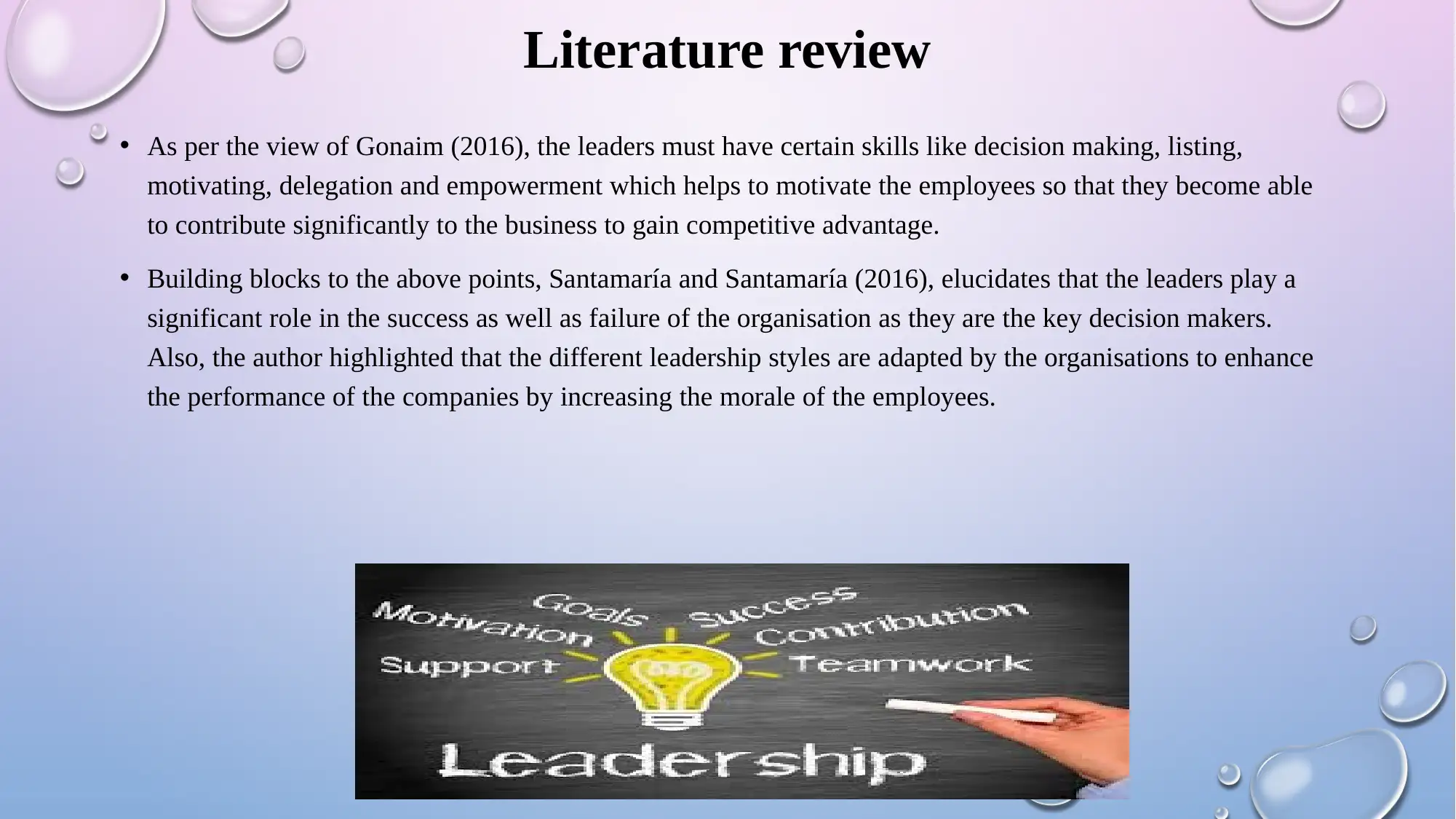
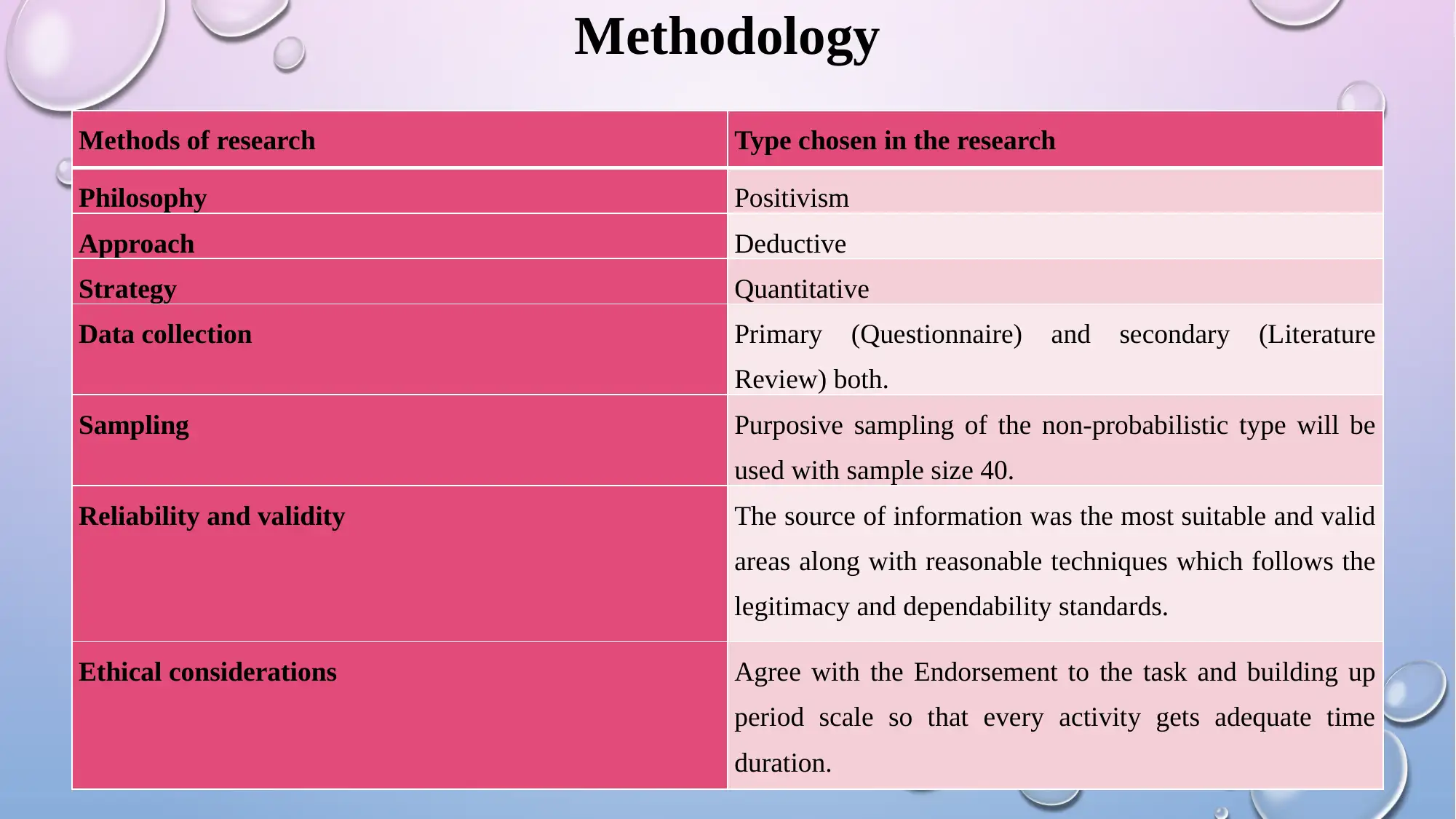
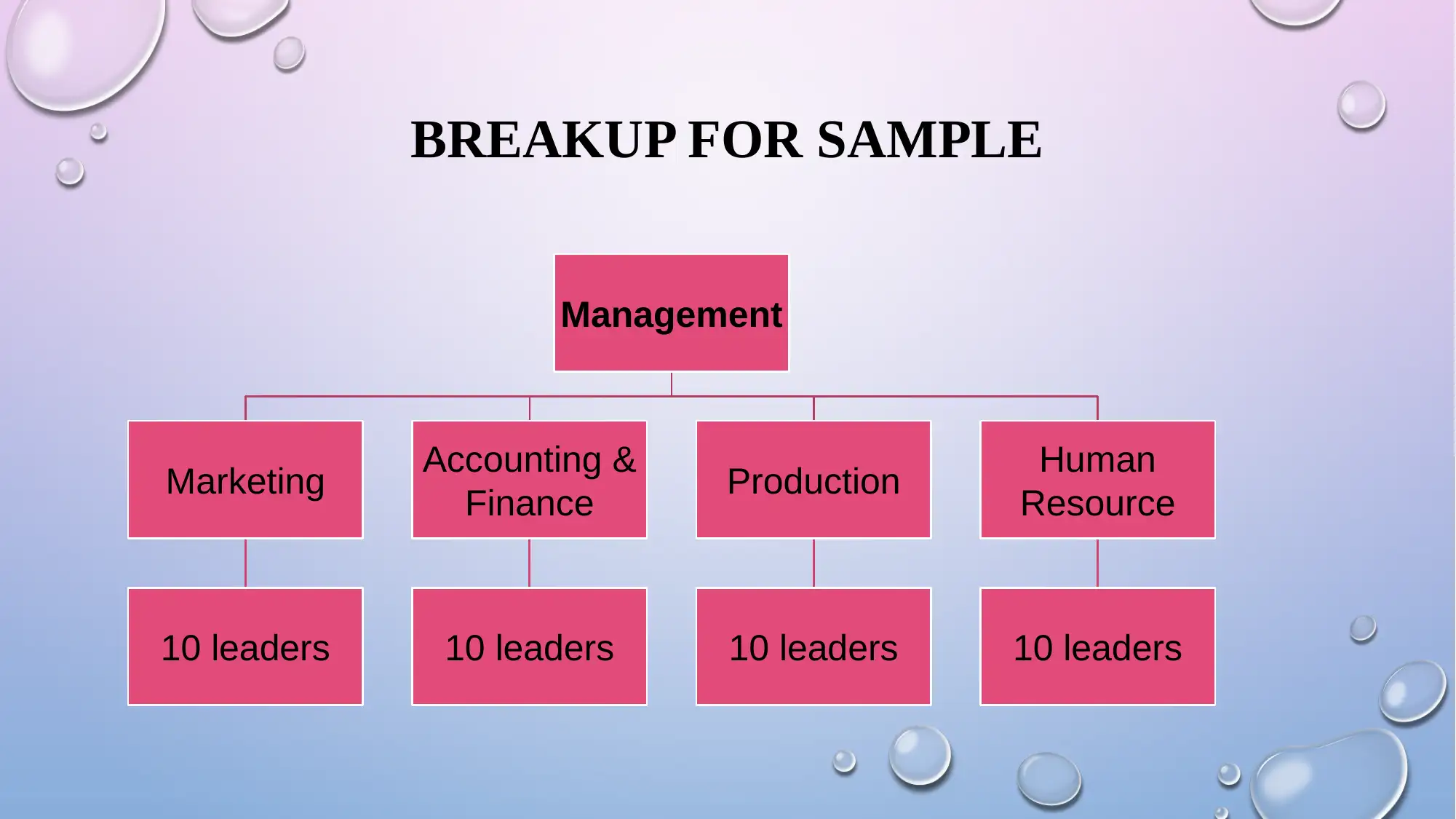
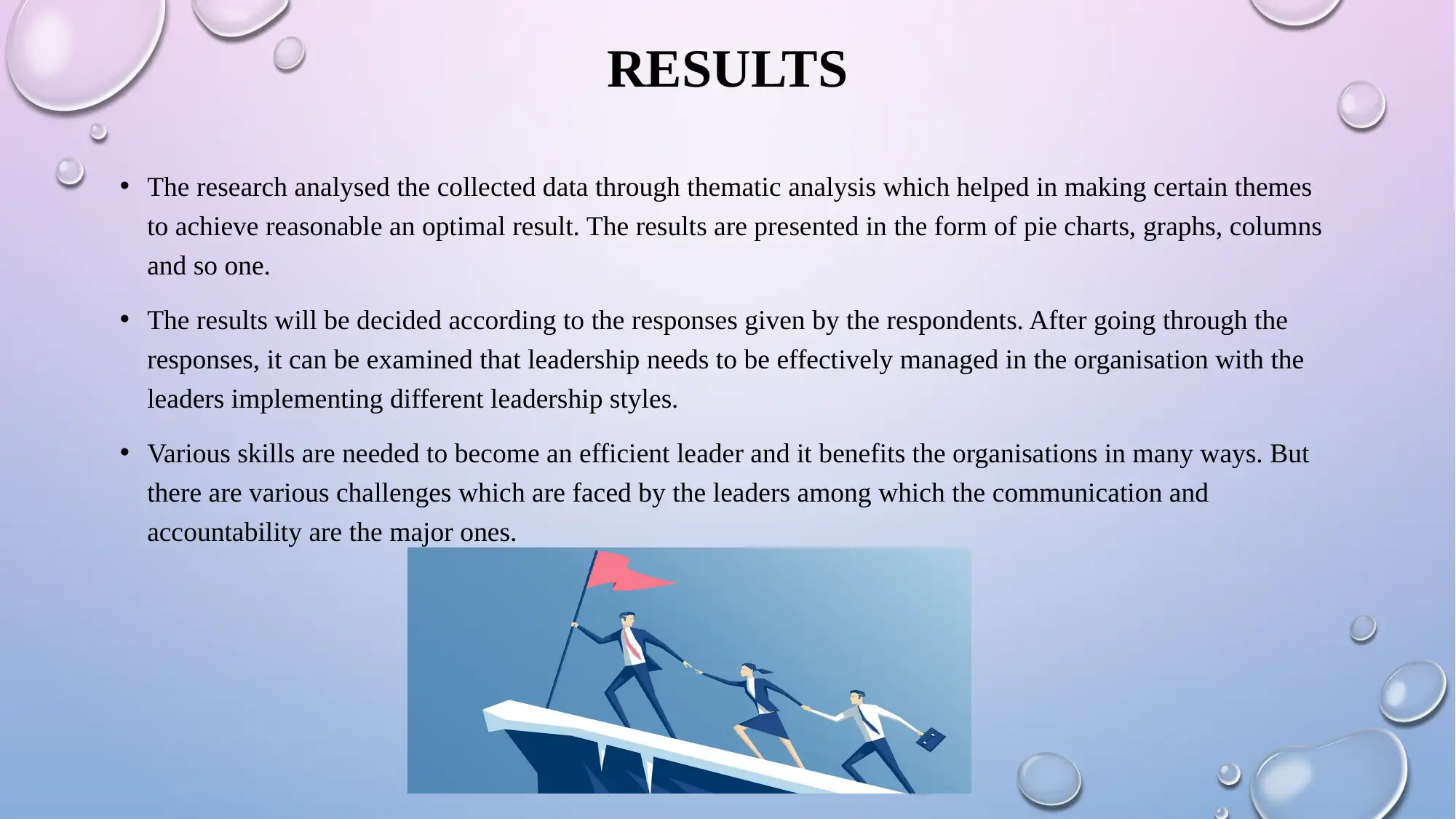
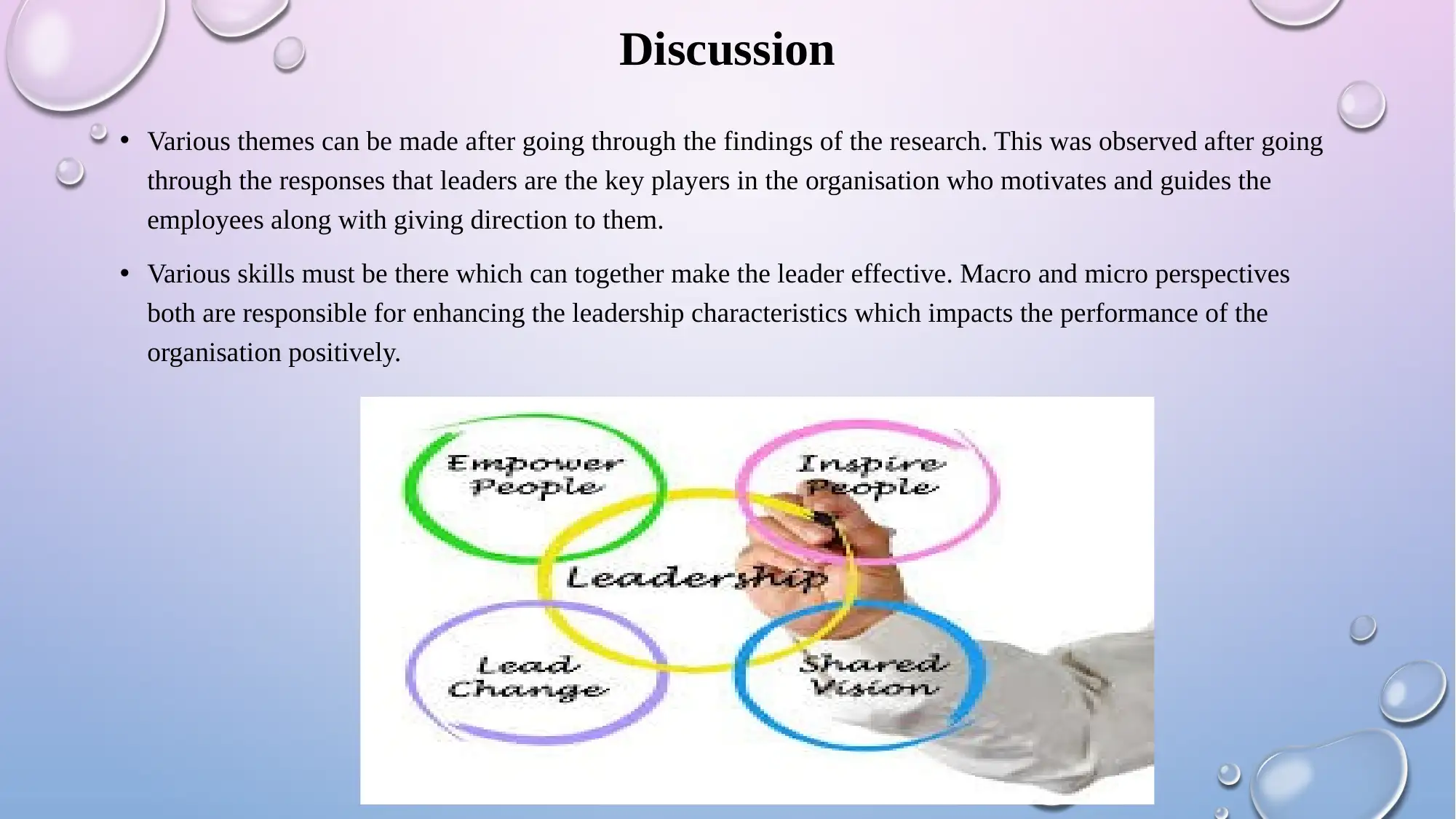
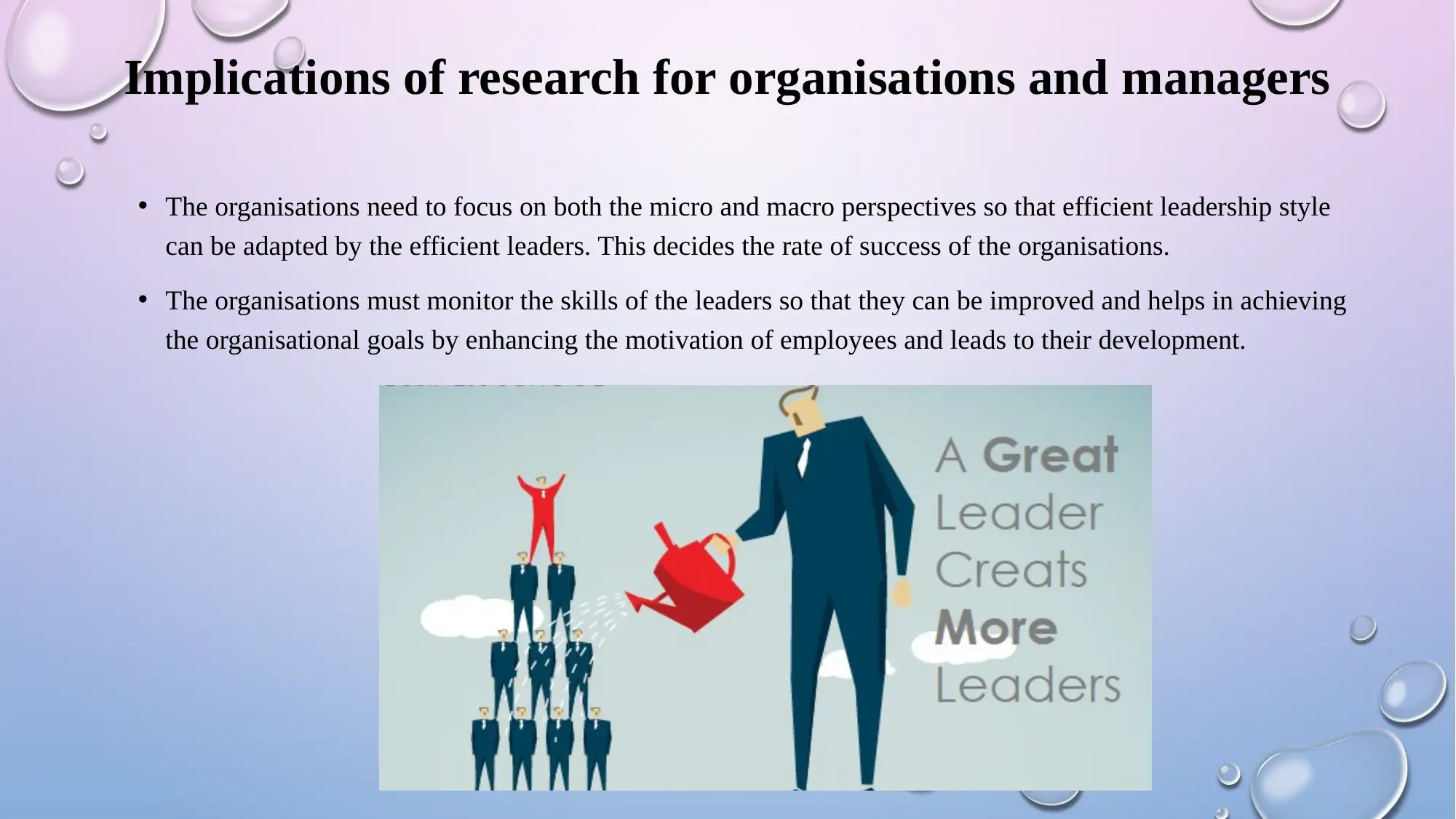
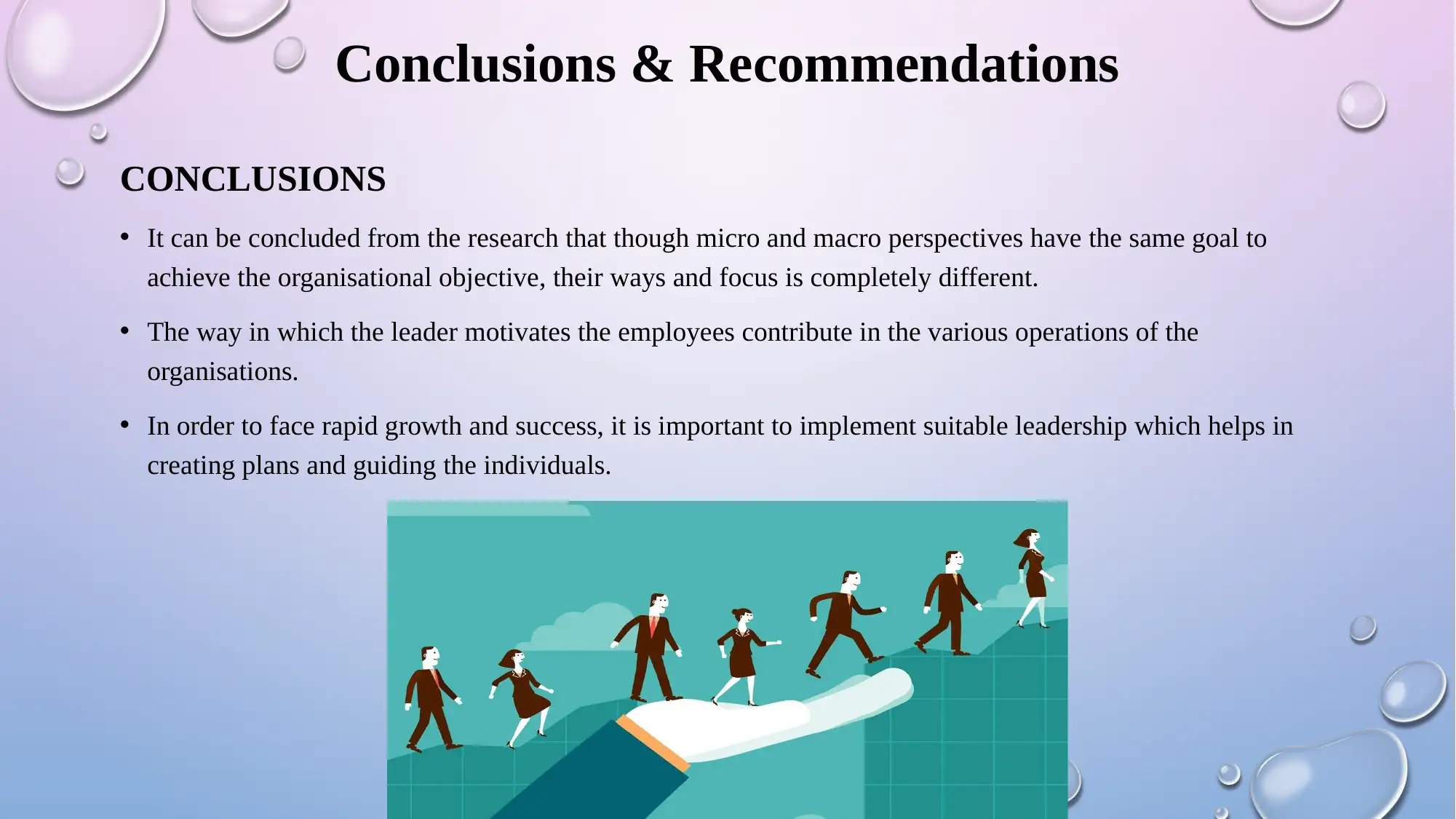
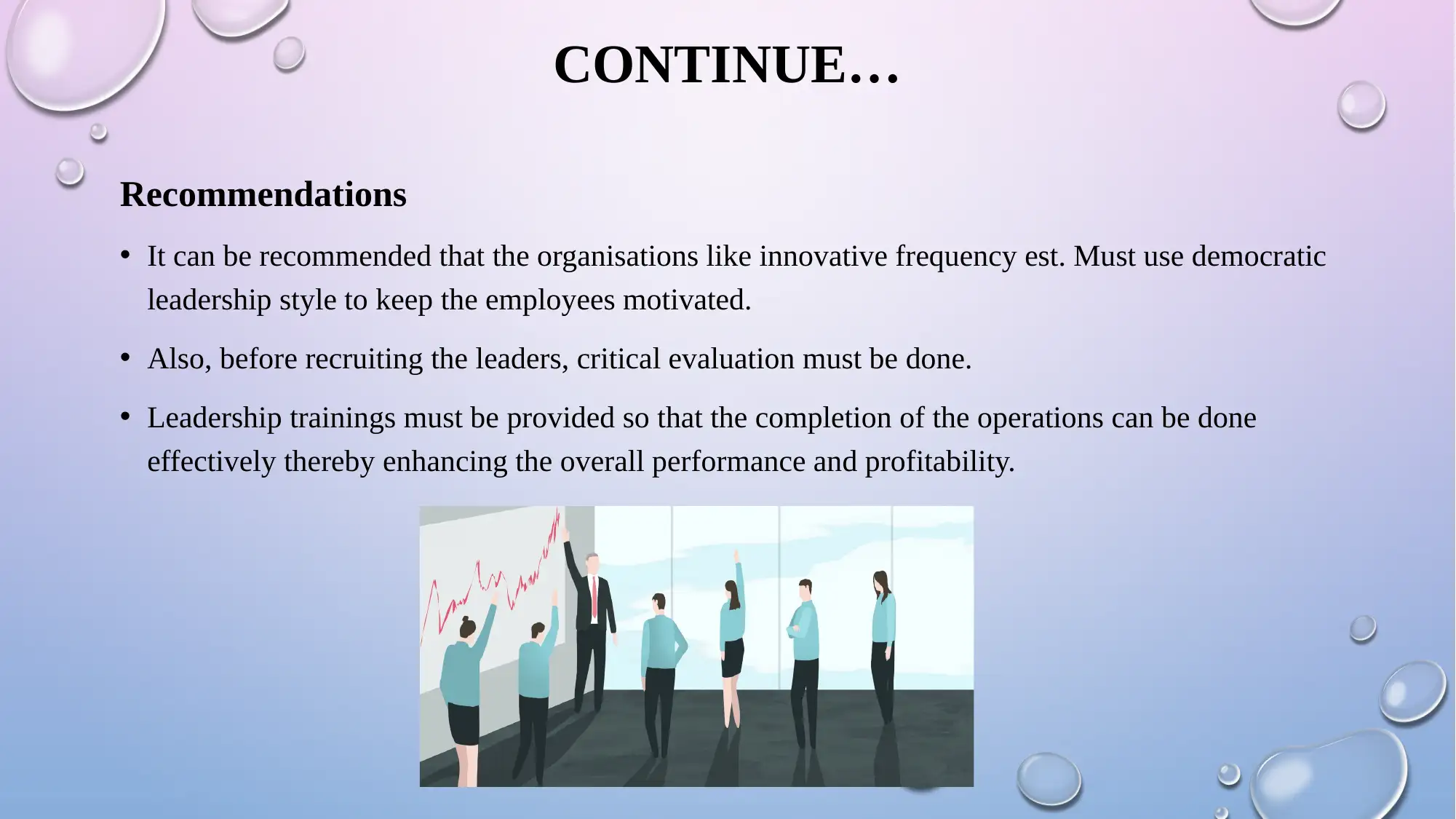
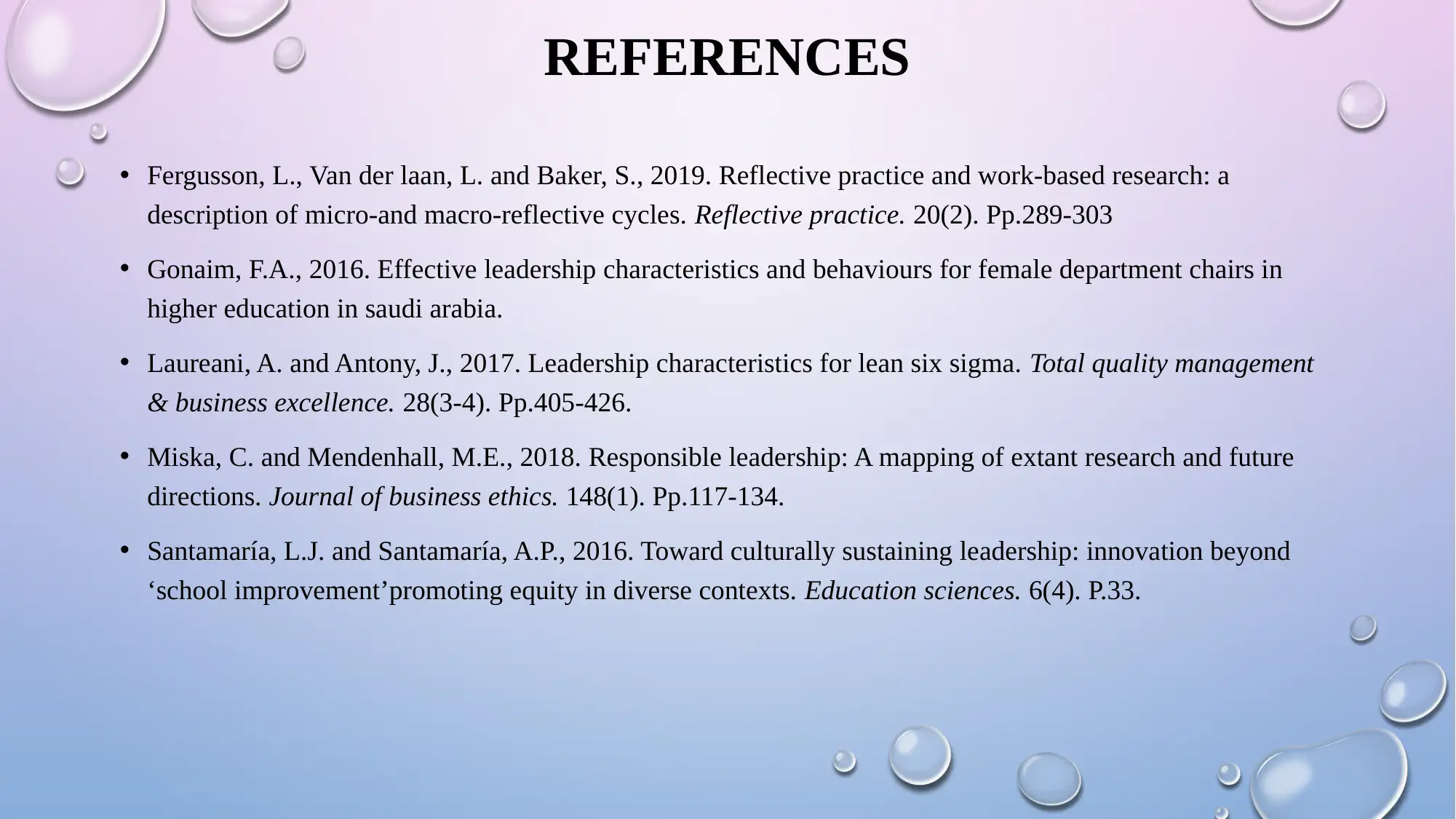







![[object Object]](/_next/static/media/star-bottom.7253800d.svg)